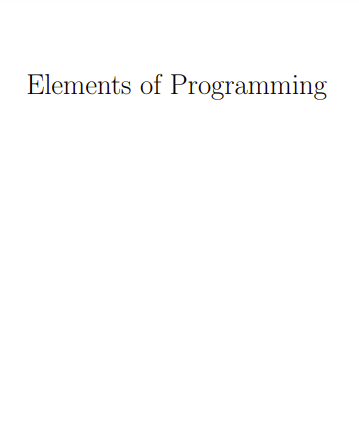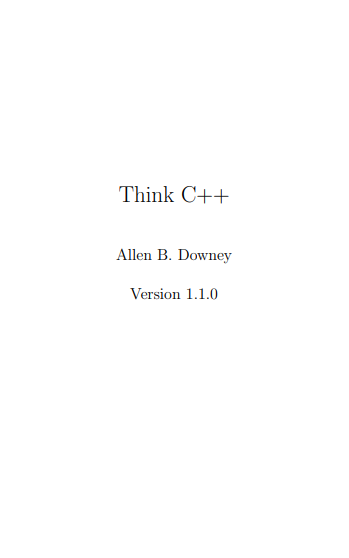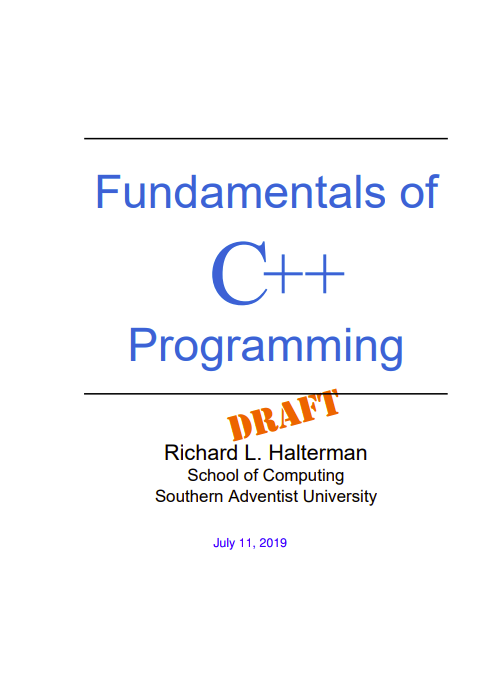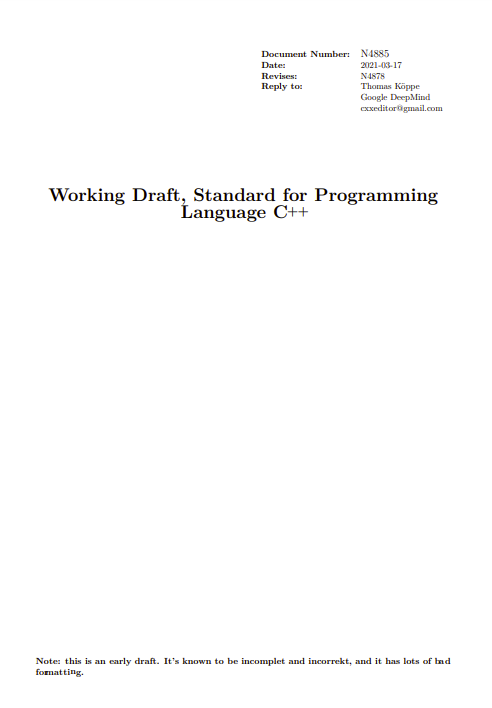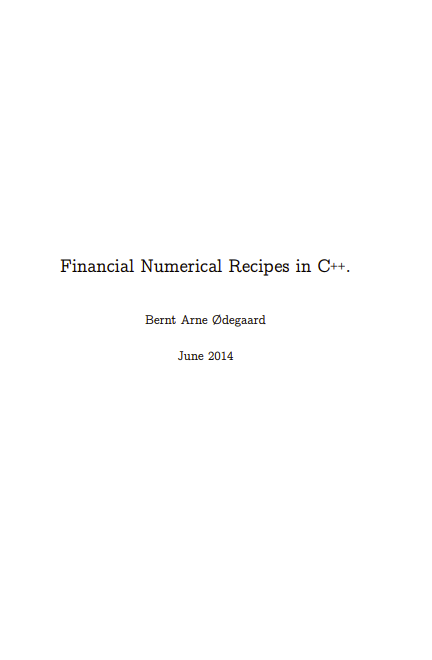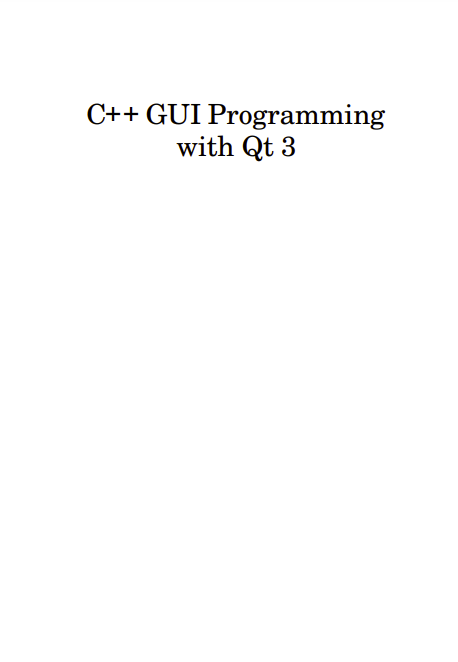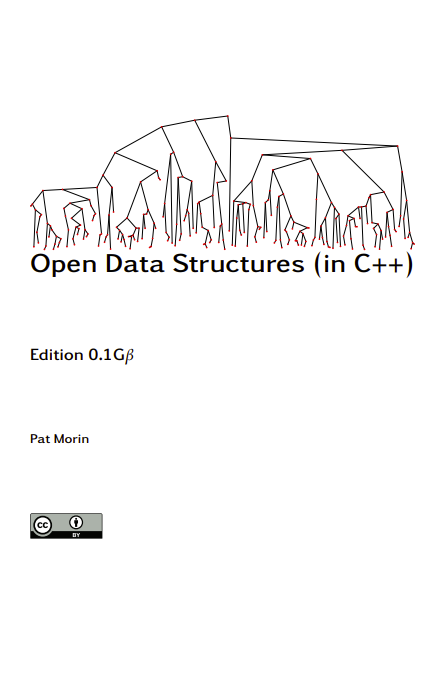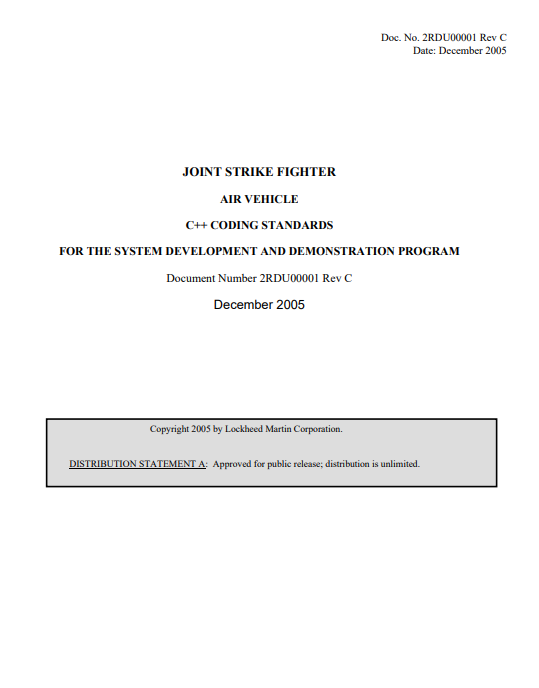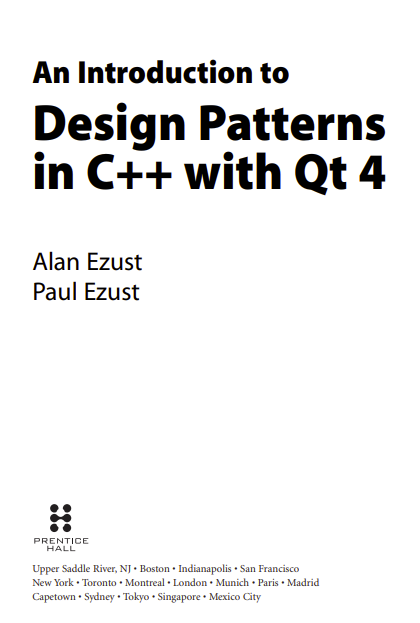This book applies the deductive method to programming by affiliating programs with the abstract mathematical theories that enable them to work. Specification of these theories, algorithms written in terms of these theories, and theorems and lemmas describing their properties are presented together. The implementation of the algorithms in a real programming language is central to the book. While the specifications, which are addressed to human beings, should, and even must, combine rigor with appropriate informality, the code, which is addressed to the computer, must be absolutely precise even while being general.
As with other areas of science and engineering, the appropriate foundation of programming is the deductive method. It facilitates the decomposition of complex systems into components with mathematically specified behavior. That, in turn, is a necessary precondition for designing efficient, reliable, secure, and economical software.
The book is addressed to those who want a deeper understanding of programming, whether they are full-time software developers, or scientists and engineers for whom programming is an important part of their professional activity.
The book is intended to be read from beginning to end. Only by reading the code, proving the lemmas, and doing the exercises can readers gain understanding of the material. In addition, we suggest several projects, some open-ended. While the book is terse, a careful reader will eventually see the connections between its parts and the reasons for our choice of material. Discovering the architectural principles of the book should be the reader’s goal.
We assume an ability to do elementary algebraic manipulations. We also assume familiarity with the basic vocabulary of logic and set theory at the level of undergraduate courses on discrete mathematics; Appendix A summarizes the notation that we use. We provide definitions of a few concepts of abstract algebra when they are needed to specify algorithms. We assume programming maturity and understanding of computer architecture and fundamental algorithms and data structures.
We chose C++ because it combines powerful abstraction facilities with faithful representation of the underlying machine. We use a small subset of the language and write requirements as structured comments. We hope that readers not already familiar with C++ are able to follow the book. Appendix B specifies the subset of the language used in the book. Wherever there is a difference between mathematical notation and C++, the typesetting and the context determine whether the mathematical or C++ meaning applies. While many concepts and programs in the book have parallels in STL (the C++ Standard Template Library), the book departs from some of the STL design decisions. The book also ignores issues that a real library, such as STL, has to address: namespaces, visibility, inline directives, and so on.
Chapter 1 describes values, objects, types, procedures, and concepts. Chapters 2–5 describe algorithms on algebraic structures, such as semigroups and totally ordered sets. Chapters 6–11 describe algorithms on abstractions of memory. Chapter 12 describes objects containing other objects. The afterword presents our reflections on the approach presented by the book.
